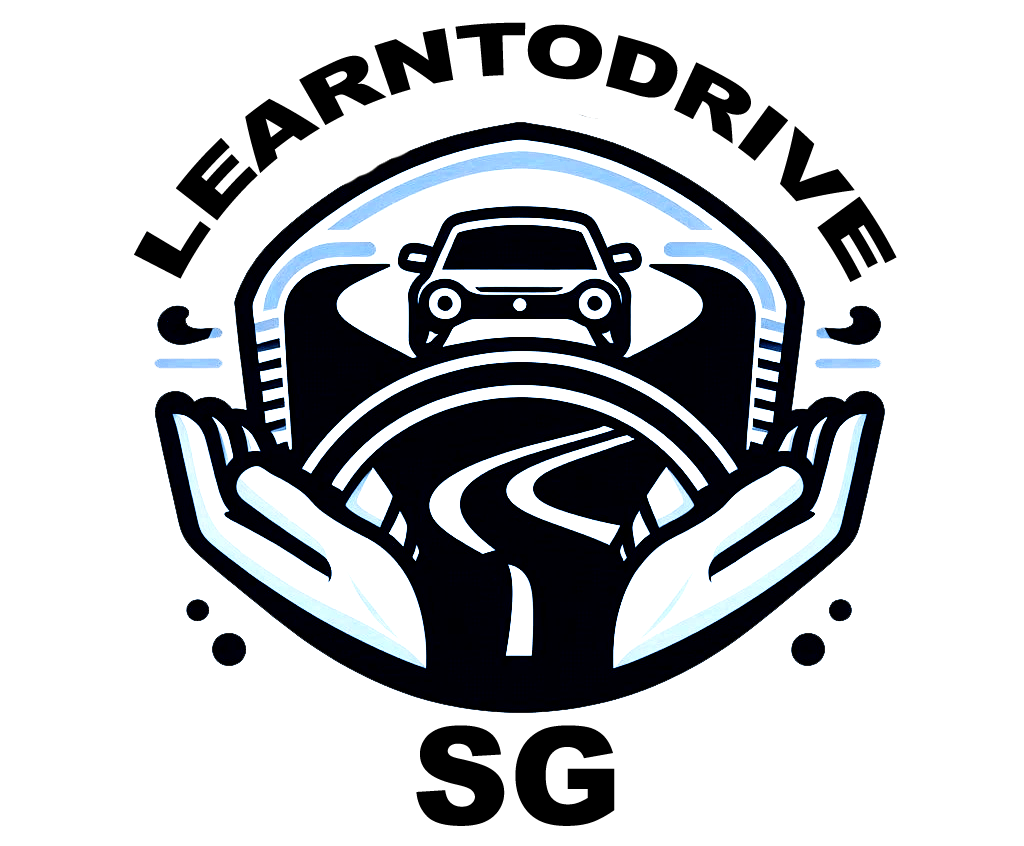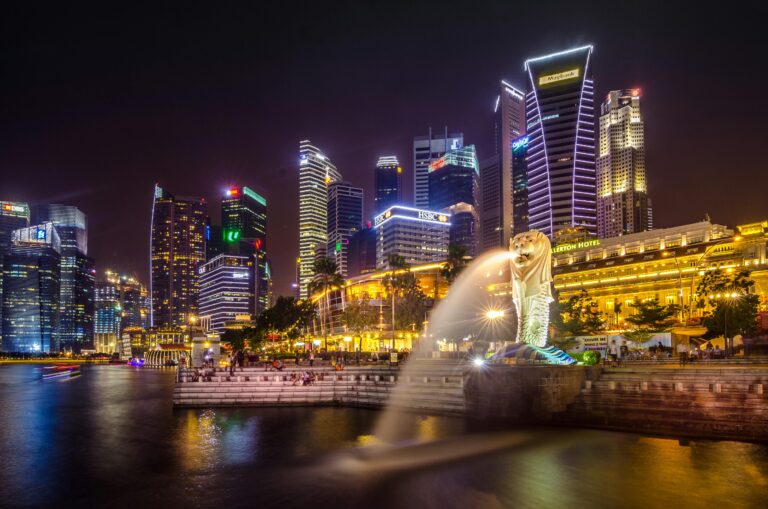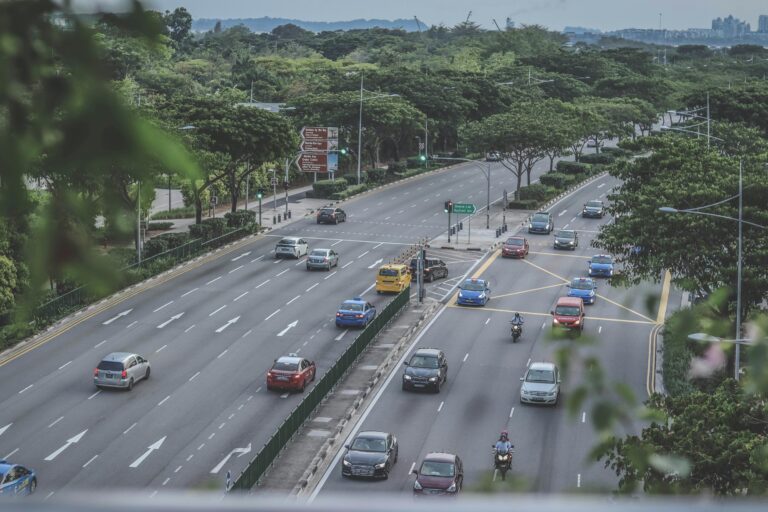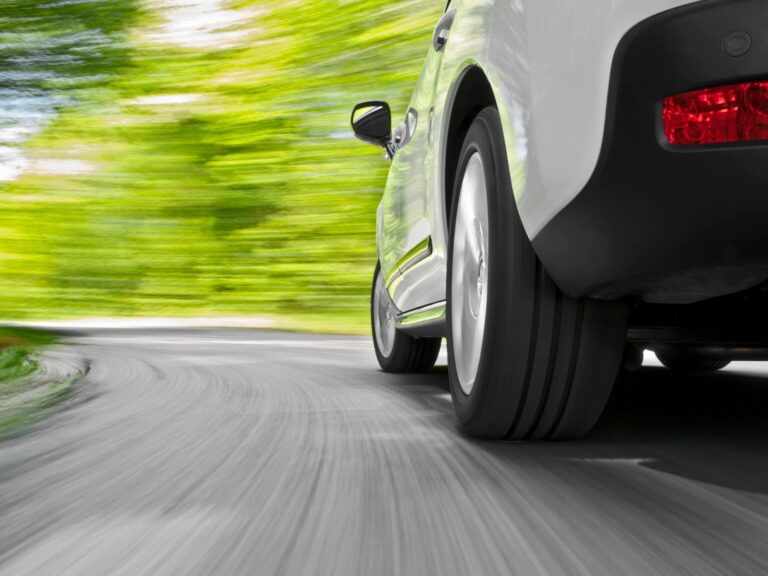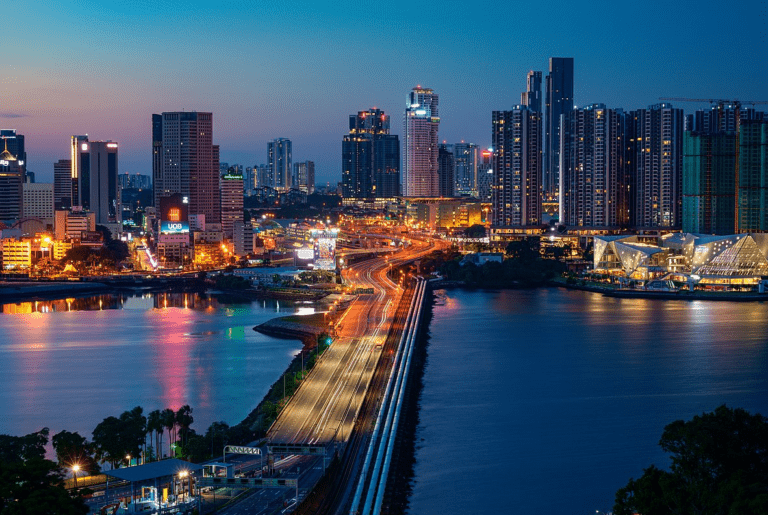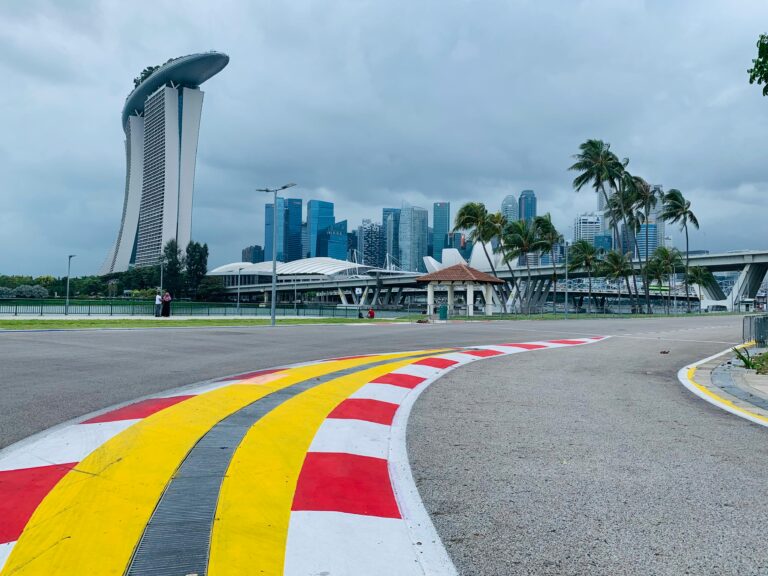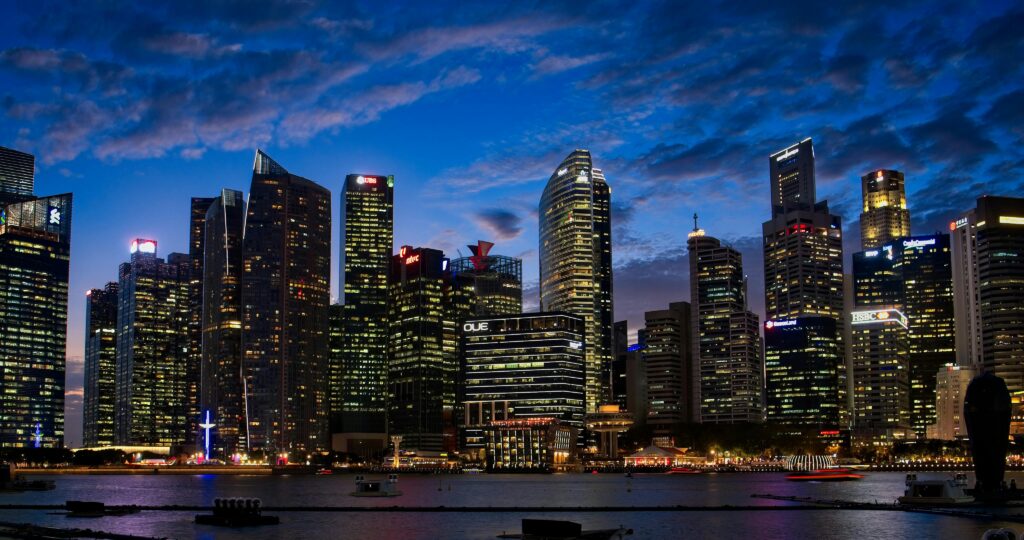
Introduction
Driving in Singapore offers a unique experience shaped by the city’s modern infrastructure, stringent regulations, and diverse traffic conditions. Whether you are a resident or a visitor, understanding the nuances of driving in this bustling city-state is essential for a smooth and enjoyable journey. This guide provides an in-depth look at the key aspects of driving in Singapore, including obtaining a driving license, road regulations, traffic conditions, and tips for safe driving.
Learn more driving tips here: https://learntodrivesg.com/
Obtaining a Driving License
1. For Residents:
- Provisional Driving License (PDL): Residents must first obtain a PDL before they can start driving lessons. This can be done after passing the Basic Theory Test (BTT).
- Practical Driving Test (PDT): After completing driving lessons, the next step is to pass the PDT. Once passed, a resident can obtain a full driving license.
2. For Foreigners:
- Conversion of Foreign License: Foreigners residing in Singapore for more than 12 months must convert their foreign driving license to a Singaporean one. This requires passing the BTT.
- International Driving Permit (IDP): Tourists can drive with an IDP, which must be accompanied by a valid foreign driving license.
Road Regulations and Traffic Rules
1. Speed Limits:
- Urban roads: Typically 50 km/h.
- Expressways: Usually range between 70 km/h and 90 km/h, with specific zones marked accordingly.
2. Traffic Lights and Signs:
- Singapore follows a standard international color code for traffic lights: red for stop, amber for caution, and green for go.
- Road signs are prominently displayed and must be adhered to for safe and lawful driving.
3. Parking Regulations:
- Parking in designated areas only. Illegal parking can result in fines or towing.
- Electronic Road Pricing (ERP): Certain zones require payment to park during peak hours. Payments are made via the In-Vehicle Unit (IU) installed in every vehicle.
4. Seat Belt and Mobile Phone Use:
- Seat belts are mandatory for all passengers.
- Using a mobile phone without a hands-free system while driving is illegal and attracts hefty fines.
Traffic Conditions
1. Peak Hours:
- Morning: 7:00 AM to 9:00 AM.
- Evening: 5:00 PM to 8:00 PM.
- Traffic can be particularly heavy during these times, especially in central business districts.
2. Expressways:
- Singapore has an extensive network of expressways like the Pan Island Expressway (PIE), Central Expressway (CTE), and East Coast Parkway (ECP).
- Expressways facilitate quick travel across the island but can experience congestion during peak hours.
3. Road Maintenance and Cleanliness:
- Singapore is known for its well-maintained roads and cleanliness. Regular road maintenance ensures smooth driving conditions.
Tips for Safe Driving
1. Be Aware of Pedestrians and Cyclists:
- Pedestrian crossings are common, and pedestrians always have the right of way.
- Cyclists share the road in many areas, so maintain a safe distance.
2. Use GPS and Navigation Apps:
- Utilize GPS or navigation apps like Google Maps or Waze to navigate and stay informed about traffic conditions and road closures.
3. Adhere to Traffic Rules:
- Strict enforcement of traffic rules means adherence is crucial. Fines for violations can be substantial.
4. Emergency Numbers:
- In case of emergencies, dial 995 for ambulance and fire services, and 999 for police assistance.
Things Not to Do While Driving in Singapore
Driving in Singapore comes with its own set of rules and regulations aimed at ensuring safety and maintaining order on the roads. To avoid accidents, fines, and other legal repercussions, it’s essential to understand what not to do while behind the wheel. Here are some crucial things to avoid while driving in Singapore:
1. Using Mobile Devices
Using mobile phones while driving is strictly prohibited in Singapore. This includes texting, making calls, or any other form of distraction caused by mobile devices. Offenders face heavy fines and demerit points, and repeat offenders risk license suspension or revocation.
2. Speeding
Singapore has strict speed limits enforced by cameras and patrols. Exceeding these limits not only poses a danger to yourself and others but also attracts hefty fines and demerit points. Repeat offenders may face license suspension or even imprisonment for extreme cases of speeding.
3. Running Red Lights
Running red lights is a serious offense in Singapore and can lead to accidents with potentially severe consequences. Traffic light cameras are installed at intersections to capture offenders, who face fines, demerit points, and the risk of causing accidents resulting in injury or death.
4. Drink Driving
Singapore has a zero-tolerance policy towards drink driving. The legal blood alcohol concentration (BAC) limit is very low, and even a small amount of alcohol can result in severe penalties, including fines, imprisonment, and license suspension. Drink driving is not only illegal but also endangers lives and carries significant social stigma.
5. Changing Lanes Without Signaling
Changing lanes without signaling is not only discourteous but also dangerous. In Singapore, failure to signal when changing lanes can result in fines and demerit points. Proper signaling ensures other drivers are aware of your intentions, reducing the risk of accidents and traffic congestion.
6. Cutting Queue
Queue jumping or cutting in front of other vehicles is considered rude and disruptive to traffic flow. Doing so can lead to road rage incidents and potential accidents. Drivers should adhere to lane discipline and wait their turn, respecting the rights of others on the road.
7. Ignoring Pedestrians
Pedestrians have the right of way at zebra crossings and pedestrian crossings. Failing to stop and give way to pedestrians can result in accidents and legal consequences. Drivers must remain vigilant and always yield to pedestrians to ensure their safety.
8. Parking Illegally
Parking illegally, such as blocking traffic flow, parking in designated zones without a valid permit, or parking in prohibited areas, can result in fines, towing, and inconvenience to others. Drivers should always park in designated areas and adhere to parking regulations to avoid penalties.
Conclusion
Driving in Singapore is a convenient way to explore the city-state, offering flexibility and access to areas beyond the reach of public transportation. By understanding the local regulations, traffic conditions, and best practices, drivers can ensure a safe and enjoyable experience on Singapore’s roads. Whether you’re a resident or a visitor, this comprehensive guide will help you navigate the unique driving environment of this vibrant city.
